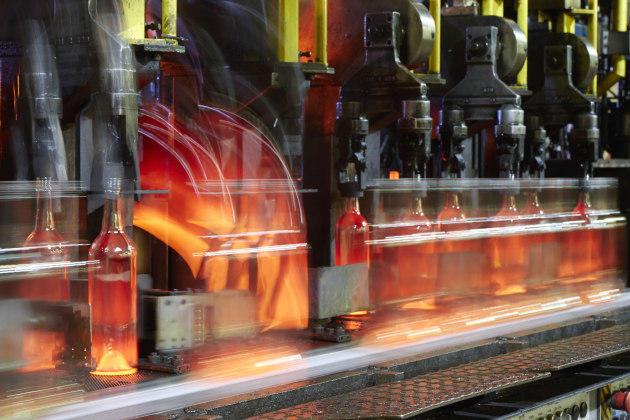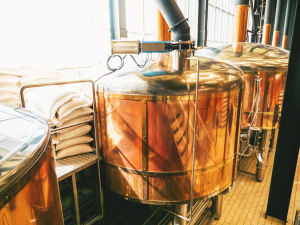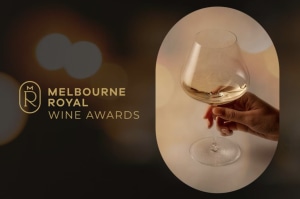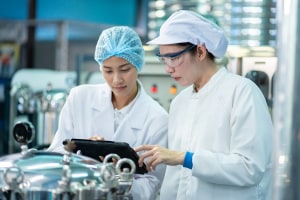Australasia was the most profitable part of the Orora business in the first half of the year, delivering two thirds of the EBIT on 45 per cent of group sales.
Releasing its half year figures today Orora saw its net profit after tax (NPAT) increase by 7.6 per cent to $113.7m, on sales that were up by 9.9 per cent to $2.3bn in the six months to December. Its EBIT was up by 5.9 per cent to $175.1m, and earnings per share increased by 6.8 per cent to 9.4 cents per share.
Orora says for the second half of the year it expects to continue to drive organic growth, integrate recent North American acquisitions, and invest in innovation and growth. It says constant currency earnings are expected to be higher than reported in FY18, subject to global economic conditions. The company is continuing to look to invest in innovation and growth.
“Orora’s strong cash flow capability, combined with the strength of its balance sheet, continues to provide Orora with capacity and flexibility to invest with discipline in innovation, as well as organic and new growth opportunities that deliver sustainable value creation for shareholders,” said Orora CEO Nigel Garrard.
Share price rose by almost three per cent on the eve of the figures being released, it dropped by 1.5 per cent on the results but by 11am was back to where it was. Over the past six months its share price has fallen in a fairly consistent line from $3.60 to to today's figure $3.23, which is almost the same as it was a year ago.
Just under half Orora's sales, and two thirds of its EBIT, came from Australasia. Sales for the region were up by 4.4 per cent to $1.1bn while EBIT was up by 5.4 per cent to $126.7m.
Both Australasian business groups – Fibre Packaging and Beverage – delivered earnings growth despite flat market conditions and higher input costs. Garrard told PKN that in the beverage can division, the biggest sector driving growth was beer – specifically for multipacks – and the strongest market over the last six months was PNG (Orora supplies beverage cans to Australia, New Zealand and Pacific Islands).
The Orora North America EBIT was 6.5 per cent higher at $64.2m on sales revenue that was 15.4 per cent higher at $1.22bn compared to last year's figures. In local currency terms, EBIT declined 1.1 per cent to US$46.5m, while sales revenue grew 7.2 per cent to US$881.5m compared to the pcp.
During the half year Orora made two US investments, buying Pollock for $110m and Bronco for $33m. The company invested a further $18m in upgrading its existing US assets. It spent some $57m on its Australasian business, including commissioning the secondary water treatment plant at Botany and the new can line in New Zealand.

Also on the cards is further investment at its Gawler glass facility in South Australia. Garrard said glass business volumes have grown over the last five to six years (off the back of a $44m investment in a new bottle forming line) and excess stocks are currently stored off site. To streamline operations and reduce storage costs longer term, Orora will erect a new automated warehouse on site at Gawler that will see end-of-line systems packing and palletising systems move bottles straight from the forming line to the warehouse. The investment, which includes other projects on the site, will total an estimated $50m, according to Garrard, speaking to PKN at the media and analysts conference call this morning. He confirmed the warehouse should be operational by December.
Orora is investing strongly in innovation. The $75m Orora Global Innovation Initiative continues its focus on bringing new, innovative, customer-led product solutions to life, as well as a number of initiatives aimed at improving productivity in the plants. To date around $53m has been committed to the Global Innovation Initiative across the Group, with the remaining amount expected to be invested over the coming two to three years.
An emerging opportunity relates to the increasing emphasis on more sustainable packaging, and, according to Garrard, Orora is in a position of strength vis-a-vis the current push for a circular economy approach to packaging material usage, given that all three material categories it operates in – glass, fibre and aluminium – enjoy high recycling rates.
As showcased at the Orora Innovation Expo in May last year, Orora is working on developing and trialling, including in-market, a number of initiatives, especially in fibre based fresh produce packaging solutions.
“With the current media and consumer anti-plastic sentiment, there's a call for alternative materials for pre-packed fresh produce, and we are currently developing fibre-based punnet solutions for berries, mushrooms and other fruit,” Garrard told PKN.
Twelve months ago Orora took the leap into digital printing technology, investing in two EFI Nozomi short run digital carton printers. Garrard said that having overcome the initial challenges relating to learning to operate a new technology, the business can report the sales pipeline is positive, market response has been good, and interest is coming from across the board of the sectors the company services – such as fresh produce, meat, beverage.
“The strongest uptake has been in fresh produce, with a surprising win in export cherry boxes requiring a high quality print on relatively small volume premium priced cherries air-freighted to Asia,” he said. The company has also seen strong uptake for promotional boxes with a different offer on each carton, taking advantage of the variable printing capability delivered by digital.






